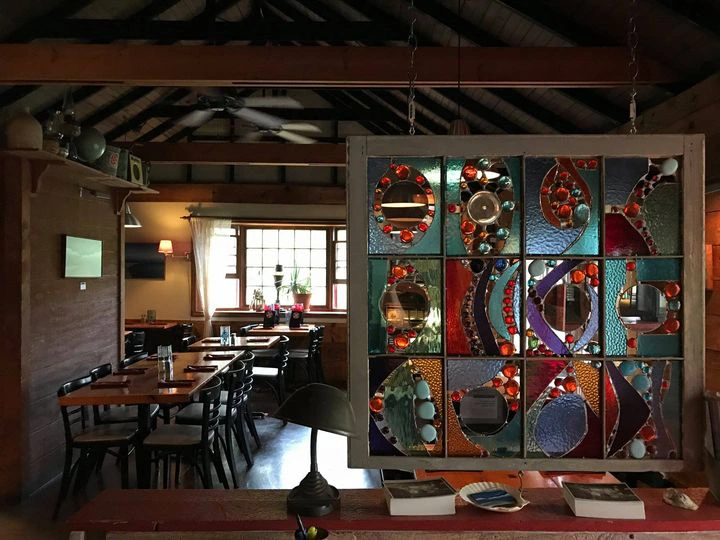by Fred Latasa-Nicks, Executive Chef & Founder
It’s a quiet morning in the kitchen. With little prep on my plate and my second cup of coffee in hand, I turn my attention to planning my restaurant’s menu for 2023. There’s so much to consider:
- Food prices continue to rise.
- Guests want what they can’t get at home.
- It’s hard to find a talented workforce.
- I want to keep prices down for guests.
- I also want to balance the right margin with the cost of goods sold.
Good luck, right?
To start, my approach is to creatively use more modest ingredients and to find purpose for the scraps and trimmings we tend to throw away. We no longer toss around the term “zero waste”—it’s a reality in today’s menu planning strategy. I’ve also found that simplifying my restaurant’s menu helps keep costs down and makes for an easier time in the kitchen. Combining the two is the bull’s eye. Much of today’s trend reporting supports this idea.

Photo by Sarah Chai via Pexels
For example, the motif of Gordon Ramsay’s popular television show on Fox TV—24 Hours to Hell and Back—is an overhaul and optimization of a struggling restaurant’s menu. Without fail, every episode involves simplifying the menu. Ramsay often reduces the number of dishes by more than two thirds! He then trains the cooks on a few chef techniques to maximize the quality of their newly constrained menu. The result is fewer ingredients, less food waste, and streamlined kitchen operations. (Source: Restaurant Business)
Grabbing my third cup of coffee, I commit to further simplifying the breadth of items we bring in and explore a humbler product set that offsets some higher-ticket items. I also reduce the team I’ll need daily to produce. And although I’m using a simpler approach, I still focus on innovation to give diners what they’re looking for while minimizing in-house product and the number of people I need to produce.
I also hold to the idea that simplifying ingredients gives me a chance to do things differently. Maybe I can reimagine a product that ignites the dining experience. Guests are looking for innovative food and are open to global experiences, so there’s no better time to be creative.

Photo by Timur Saglambilek via Pexels
In some ways, today’s environment presents an empty canvas for us to win. Maybe the challenges we as restaurant owners face in 2023 are actually opportunities to grow. I’m hoping to invent and create things that I haven’t done before and embrace global flavors to enhance the simplest things, like local mushrooms, roasted carrots, and even oysters.
They say mindset is everything. It’s the truth. To win as restaurateurs in 2023, let’s consider both restaurant trends and restaurant challenges as opportunities to create exceptional dining experiences. When we do so, we’ll grow, our restaurants will grow, as will our margins.





